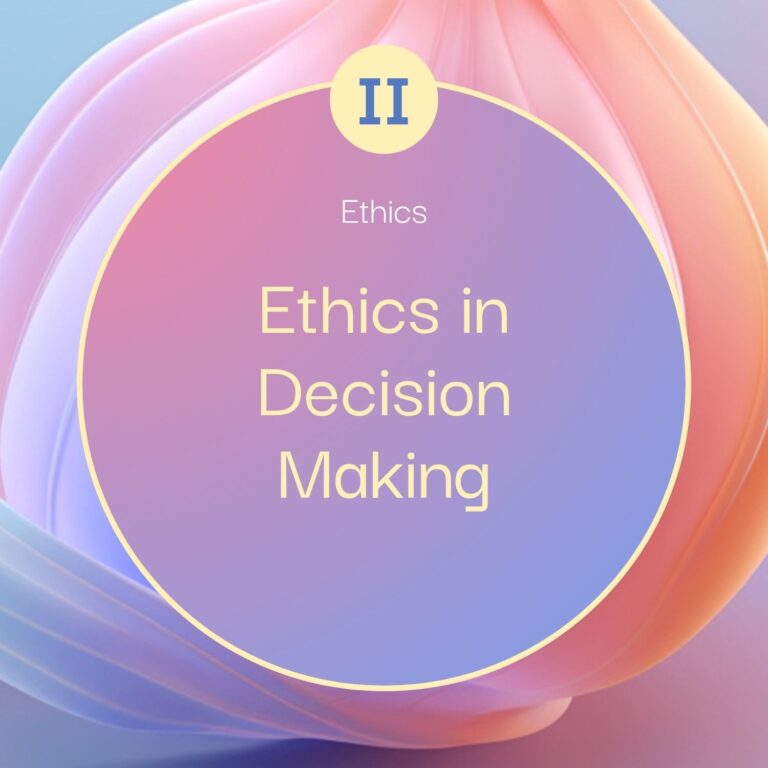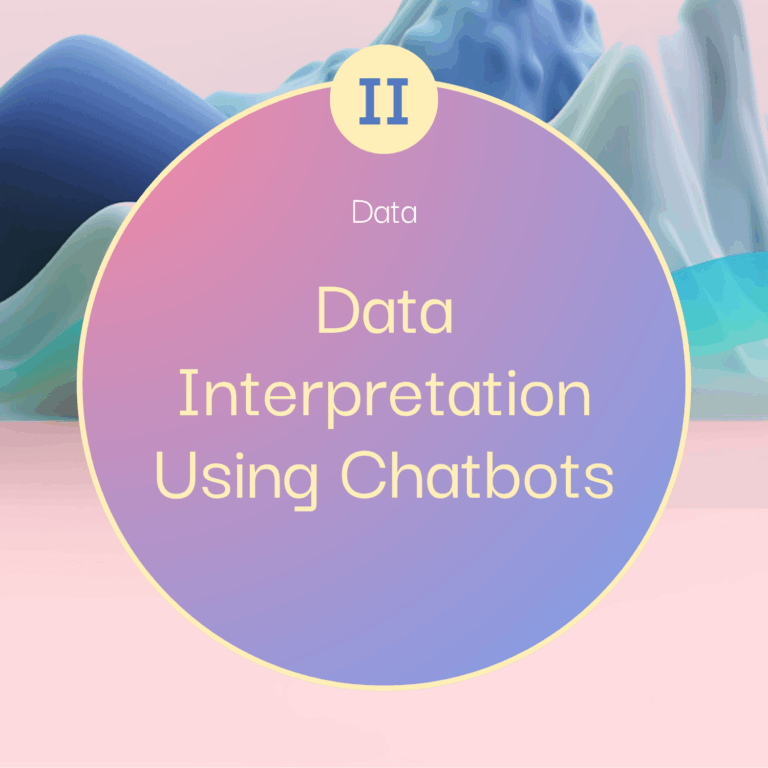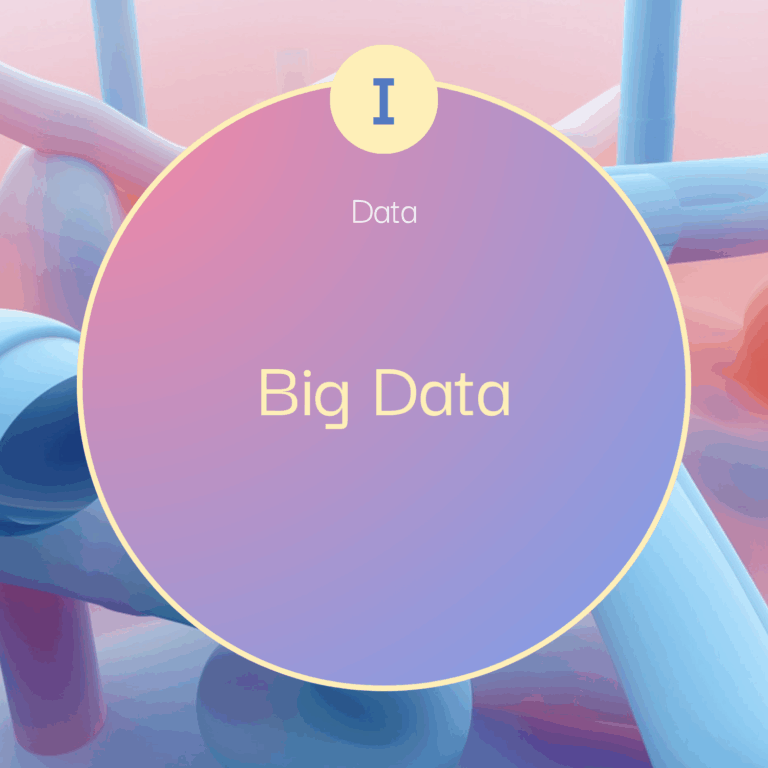Artificial Intelligence Curriculum for Primary and Secondary Schools
AI in Computer Science in Secondary Schools
Ethics in Technology Use and Development
Card 01 – AI Ethics Deck
Ethics in Technology Use and Development
The technologies we use every day have a profound impact on our lives, but they are not neutral. They are created and used by various stakeholders, each with their own interests and values, which may (and often do) come into conflict. The aim of this lesson is to help students understand how these different perspectives influence the development and use of technology, and to teach them to think critically about the impact of technology on individuals and society as a whole.
These teaching materials were translated using ChatGPT. Please note possible imperfections in the expressions or wording.
Lesson Overview
Lesson Length
45 minutes
Recommended Age
Children aged 8+
Tools
Teacher: Projector, presentation or slides.
Students: Writing tools, worksheets.
Building Blocks
Technology ethics.
What Are the Students Learning?
People have different values and interests, which play an important role in how technology is developed and used.
Why Are They Learning This?
To think critically about the impact of technology on individuals and society.
How Do We Know They Have Learned It?
They identify the values and interests of different stakeholders involved in the development and use of technology and use this to create an ethics matrix. They analyze possible conflicts of interest and reflect on how different perspectives can shape how we think about a given issue.
Bloom's Taxonomy
Understanding: Students identify the interests and values of different stakeholders in technology use and development.
Evaluating: They reflect on these interests and values.
Creating: They produce an ethics matrix.
Digital Competence
Facilitating Learners' Digital Competence.
Five Big Ideas
5-A-I Ethical AI (Diversity of Interests and Disparate Impacts).
5-A-II Ethical AI (Ethical Design Criteria).
5-A-III Ethical AI (Practicing Ethical Design).
5-C-I AI & the Economy (Impacts of AI on Sectors of Society).




